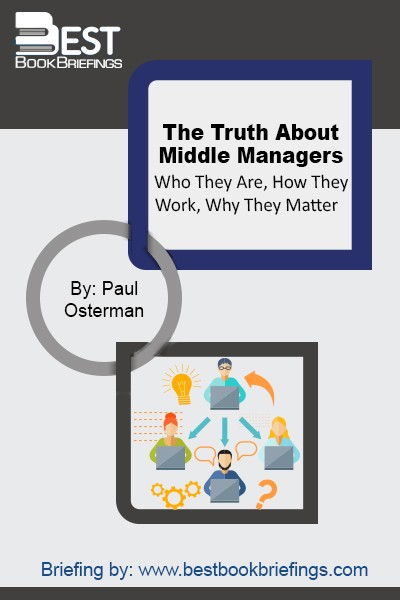The Truth About Middle Managers
Who They Are, How They Work, Why They Matter
Number of pages: 189
Publisher: Harvard Business Press
BBB Library: Operations Management
ISBN: 9781422179703
Editorial Review
Who Are Middle Managers? No one has a job title “Middle Manager.” Who then are middle managers? And how do we distinguish them from those at the top? It is known that senior management makes the decisions that set the organization’s course, whereas middle management interprets and executes those decisions. Middle managers do not set agendas, but carry them out. Nonetheless, middle managers make numerous decisions, and these decisions are important to the organization. The context of these decisions, however, is not of the managers’ own making. Middle managers live inside organizations and have little voice regarding the strategies of those organizations. In this sense, they differ from both the managers on top of the organizations and from the frontline workers.
Book Reviews
Books on Related Topics

The One Minute Manager's symbol—a one-minute readout from the face of a modern digital watch—is intended to remind each of us to take a minute out of our day to look into the faces of the people we manage. And to realize that they are our most important resources. The Monkey

The true nature of management is humanity. Unfortunately, the idea of the humanity of management is not yet widely understood. We all used to consider management as a kind of technology based on scientific observation, tended by experts and transferable to students. This idea has its roots firmly planted in the American

For more than twenty years, management expert Bruce Tulgan has been asking, What are the most difficult challenges you face when it comes to managing people? Regardless of industry or job title, managers cite the same core issues 27 recurring challenges: the superstar whom the manager is afraid of losing, the

The quantity of work to be done, or that the manager chooses to do, during the day is substantial and the pace is unrelenting. Why do managers adopt this pace and workload? One major reason is the inherently open-ended nature of the job. The manager must always keep going, never sure



